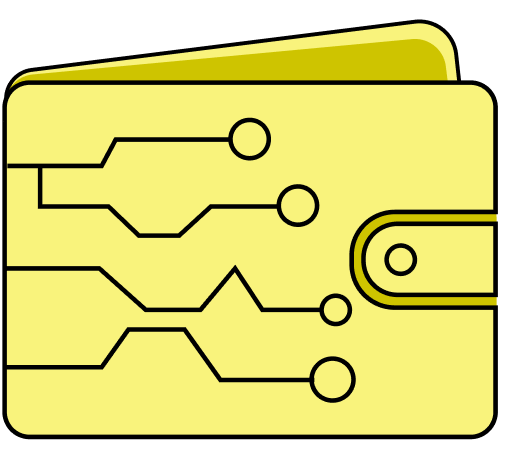Ledger

Ledger is a fast paced, growing company developing security and infrastructure solutions for cryptocurrencies as well as blockchain applications for individuals and companies, by leveraging a distinctive, proprietary technology.
Contents
Description
Ledger aims at securing the new disruptive class of crypto assets: Financial assets like cryptocurrencies or Initial Coin Offerings (ICOs), Data assets like sensors, Internet of Things (IoT) devices or machine to machine, and Digital identities like second factor authentication or passwordless login.
The company developed a distinctive operating system (OS) called BOLOS, which we integrate either to a secure chip for the Ledger wallet line, or to a Hardware Security Module (HSM) for various enterprise solutions. So far, Ledger has been the only player in the market to provide this technology[1].
Launched in 2014, Ledger has designed an acclaimed line of hardware security devices quickly placing the company as a global leader on the market with 1,000,000 units sold in more than 165 countries. For enterprises and corporations, Ledger introduced the Vault: a fully managed SaaS solution addressing the need to safeguard very large amount of multiple cryptocurrencies while mitigating both IT and physical assault threats. The company is also active on the industrial IoT market, leveraging its secure hardware technology to interface sensors and machines to smart contracts or blockchain based assets.
Ledger is headquartered in Paris, has a production facility in Vierzon (France) and offices in San Francisco[2].
The company also plans to launch the Ledger Vault, a security solution for banks, hedge funds and family offices that want to invest in cryptocurrencies. “For the wallets, we integrated our operating system in a secure chip, and for the Vault, we are integrating it in a hardware security module,” Ledger co-founder and CEO Eric Larchevêque told me. “The idea behind it is to provide additional features and services, such as multiaccounts, multisignature or timelocks.”[3]
Ledger is the equivalent of a gold pick manufacturer. When there’s a gold rush, the one selling the gold picks end up with more money than people looking for gold.
Products
Ledger designed two wallets: the light Ledger Nano S and the touchscreen Ledger Blue, which can both support directly 23 cryptocurrencies, and dozens more via third party applications.
- You need a computer with an USB port, and a recent version of Google Chrome. The ledger hardware bitcoin wallet can also be hooked up with other wallets like MyCelium and Coinkite.
- It works on Windows, Mac and Linux.
- The wallet interfaces with the computer through a Chrome application which you will need to install on your computer.
- No additional software installation or account creation is needed.
The Ledger Wallet is self-sufficient and allows several coins to be used like BTC, ETH, LTC, DOGE, ZEC, and
- Platforms: Hardware
- Validation Type: SPV
- Wallet Features:
- Url: https://www.ledgerwallet.com/
- Anonymity: Medium
- Security: Personal
- Coins: BTC, ETH, LTC, DOGE, ZEC, STRAT, XRP, BCH
- Source Code Url: [ ]
- Ease Of Use: Difficult
External links
- Ledger Official website
- Ledger Wallet website
- crypto wallet Ledger
- Ledger LinkedIn
- Ledger hardware wallet
- Ledger – Wikipedia
- GitHub
- @LedgerHQ Twitter
- Cointelegraph
- Forum














 Twitter
Twitter
 Telegram
Telegram
